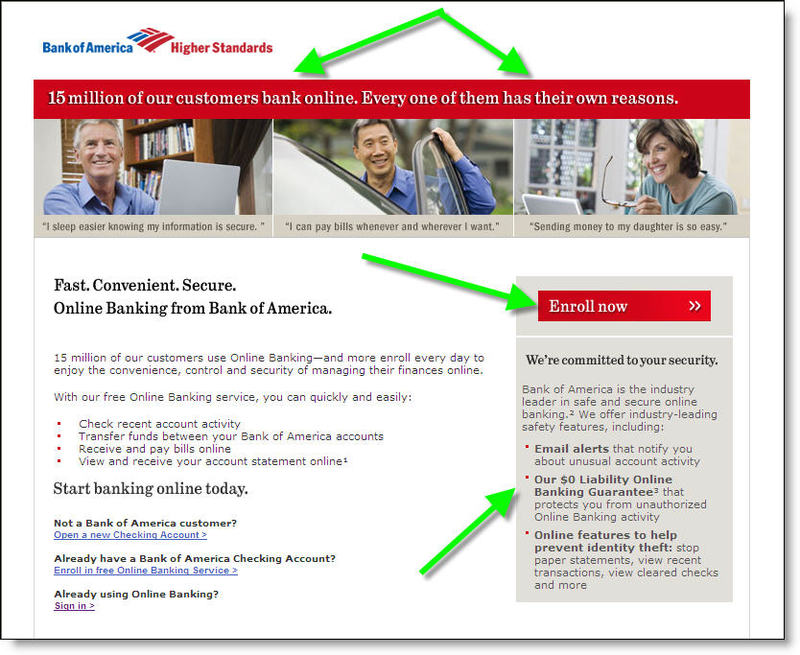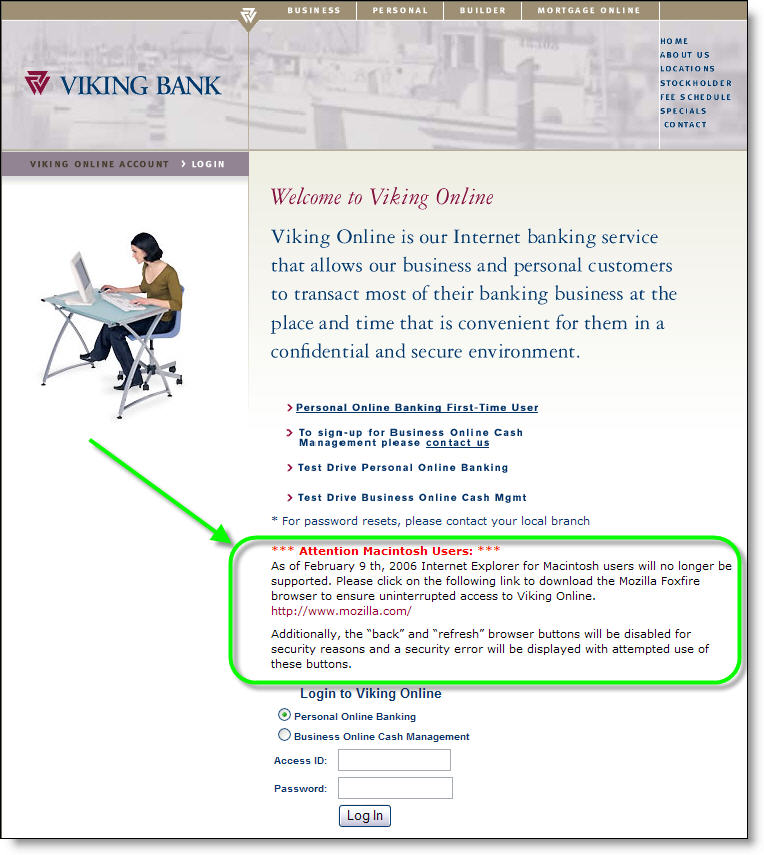In Sept. 2004, TRM Corp. borrowed $150 million from a Bank of America syndicate and bought 17,200 ATMs from eFunds Corp. The deal made TRM, which already had 4,300 ATMs, one of the world’s biggest operators of ATMs in retail locations.
Today, after many stumbles, the main question on the minds of most observers is who, if anyone, will buy TRM.
“Things are very, very tough there right now, and in the next two to three months, we’ll see if they can save themselves,” says Sam Ditzion, president and ceo of Tremont Capital Group, which specializes in the ATM business.
Since the eFunds deal, TRM’s shares have fallen from a high of $26.00, to a low of $6.73. Sales roughly doubled, from $126 million in 2004 to $234 million in 2005, but sales discounts more than tripled—from $33 million to $109 million—and operating income slipped from $13.8 million to a loss of $5 million. Net income fell from $7.9 million in 2004, to a 2005 loss of $8.9 million.
Last September, the company said it was in default of the Bank of America loan, and gained forbearance. Last month, the forbearance ran out and it was still in default. Although the bank gave TRM more time to straighten things out, or refinance, the default may affect TRM’s NASDAQ listing. Meanwhile, Allen & Co. has been hired to pursue the usual strategic options, and CEO Kenneth L. Tepper and COO Thomas W. Mann both left the company, which was late filing its 2005 10-K. And two new acquisitions were cancelled, costing TRM $5.2 million in break-up fees alone.
This state of affairs came to pass for a number of reasons, some TRM’s fault and some not.
“The eFunds transaction has proven to be more of a challenge to integrate than initially anticipated. The industry in general has become a more challenging environment just in terms of transaction volumes being lower and costs being higher, and there’s been some bad luck here and there. Collectively, it’s a problem,” says Ditzion.
Some of that bad luck could have been minimized, and some not. The British pound rose against the U.S. dollar last year, costing the company $72,000. The loss would have been greater, but it was cushioned by the Canadian dollar’s fall against the U.S. dollar. Unlike most companies with international operations, TRM doesn’t hedge its currency exposures, and doesn’t explain why. Eighteen percent of TRM’s ATM portfolio is in the United Kingdom, but it accounts for 23 percent of company sales. TRM’s Canadian ATM portfolio accounts for 8 percent of its machines, and 10 percent of its sales.
The company’s U.K. results were also hurt by two events beyond its control: The government required all ATM networks to be upgraded to the expensive triple-DES encryption standard (the United States only requires double-DES); and thieves in the United Kingdom began stealing ATMs outright by picking them up and driving off with them. Those thefts have declined, but are still occurring. TRM, which wasn’t the only ATM operator affected—it’s a regular crime wave, by most accounts—estimates that the thefts cost it $2.2 million, including $1.3 million in unreimbursed losses. Those losses were probably magnified by a company decision made earlier in the year to cut back its ATM crime insurance to cover only catastrophic losses because of increased premiums and deductibles.
But most of the company’s problems came from the eFunds deal. According to TRM’s tardy 10-K, and the analyst’s presentation that accompanied its release, buying that portfolio turned out to be a disaster. For one thing, eFunds’ performance, under the terms of a five-year management contract that it got out of the deal, was disappointing at best. Even worse, the portfolio itself underperformed the rest of TRM’s locations, both in terms of traffic and amounts withdrawn.
These problems point to important management lapses, and especially to poor due diligence. At the time of the deal, TRM said it expected to improve the portfolio’s performance by weeding out underperforming locations, raising fees 18 percent, and reducing processing fees by 50 percent, resulting in a 30 percent overall cost reduction (see Electronic Payments Week, Sept. 28, 2004).
None of this came to pass, aside from reducing the number of locations from a total of 21,000 to 19,930. Withdrawal transactions, for instance, grew from 26.7 million to 77.3 million, but average withdrawals per machine fell from 359 per month to 323, and net transaction-based sales per transaction fell from $1.76 to $0.97. This was aggravated by disappointing results in TRM’s other business line, in-store photocopy machines, which experienced falling volume of 20 percent for 2005 over 2004, to 485 million copies from 609 million copies. The company says this is an established trend.
As for the goal to cut processing fees by 50 percent, there’s no way to tell from the recent 10-K since TRM doesn’t break them out separately. Much of those savings were expected to come from the five-year management contract with eFunds, under which that company agreed to manage the ATM network, replacing a patchwork of smaller third-party providers.
But comments at the analyst’s presentation after persistent questioning on the subject—TRM executives wouldn’t consent to be interviewed—indicated that there have been substantial problems with the eFunds contract under which eFunds agreed to manage and enforce the contracts with the individual merchants operating the TRM locations. TRM’s new interim president and CEO Jeffrey F. Brotman said they’d been working closely with eFunds to correct problems, and that “…things are better now,” a sure indication of a disappointing experience, at best, for TRM.
Whatever those problems have been, they apparently didn’t go so far as to have spawned a lawsuit—the two companies are still working together—but it apparently did nothing to enhance value for TRM’s shareholders, 46 percent of whom are 47 institutions.
And a sale might not do the trick for them, either. Capital IQ estimates TRM’s enterprise value at $312 million, while the entire market capitalization is only about $95 million, debt is $220 million, and of a 10.9 million share float, there were 2.58 million shares short as of March 10—almost 21 percent. Coming back from conditions like that will be tough, at best, and those conditions, says Ditzion, may not exactly encourage private equity investors to step into the breach.
“Private equity firms are unlikely to be interested in buying companies that are not profitable or unlikely to be turned around, or hopeless,” he says. “Overall, they’ve done a pretty good job, but things have fallen through the cracks, and that hurts. These deals (like eFunds) are all done on very specific return on investment, and if a couple of things fall through the cracks, you can lose out.”
eFunds, meanwhile, is doing pretty well. According to its last 10-K, it had 2005 revenues of $502 million, only $112 million in debt, and 11.8 percent quarterly earnings growth. Since last June, its shares have risen from $17.10, to $25.84 at last Friday’s close. (Contact: Tremont Capital Group, Sam Ditzion, 617-482-8866; TRM Corp., 503-257-8766)
 Providing free wi-fi is like offering a toll-free number 30 years ago—a consumer-friendly way to make you stand out from the crowd. But unlike call centers, which have grown into multi-million dollar cost centers, free wi-fi only runs about $50 per month per location, a price that is sure to fall over the coming years.
Providing free wi-fi is like offering a toll-free number 30 years ago—a consumer-friendly way to make you stand out from the crowd. But unlike call centers, which have grown into multi-million dollar cost centers, free wi-fi only runs about $50 per month per location, a price that is sure to fall over the coming years. 
















